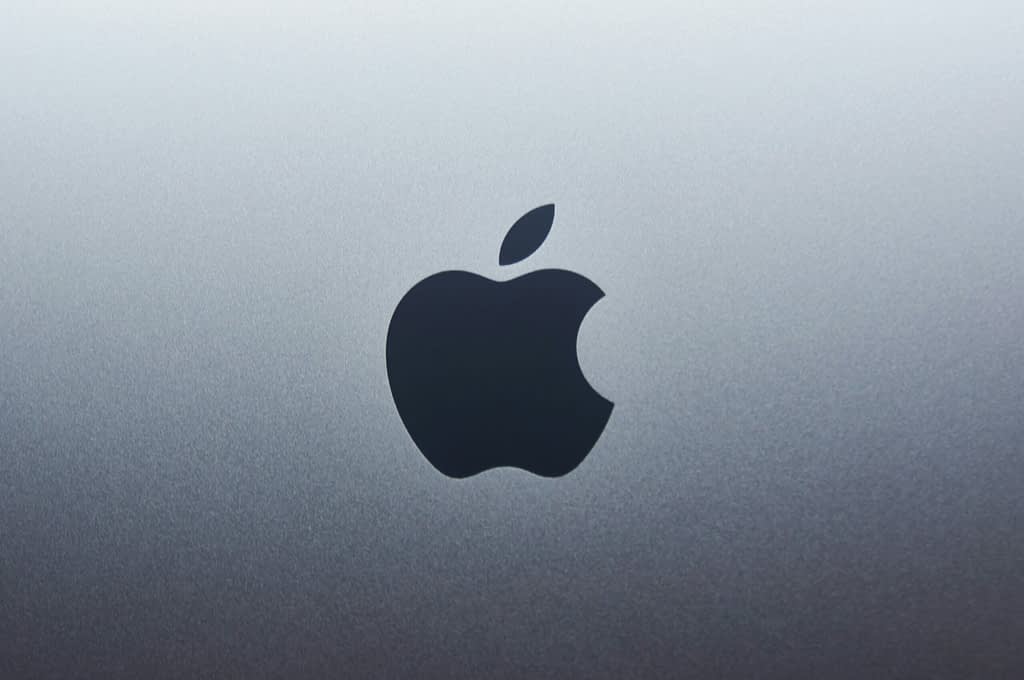Apple has avoided its biggest crisis since the pandemic after Donald Trump granted an exemption from planned 125% tariffs on electronics made in China. The exemption includes iPhones, iPads, Macs, Apple Watches, and AirTags. However, Trump emphasizes that this is only a temporary measure and plans to introduce special sector tariffs on semiconductors and electronics in the future.
Exemption as a Temporary Solution
Friday’s exemption frees electronics not only from 125% tariffs on Chinese goods but also from 10% tariffs on products from other countries. This relief affects nearly $390 billion in US imports.
What Trump’s electronics exemption means:
- Temporary exemption of iPhones, iPads, Macs from 125% tariffs on Chinese products
- Elimination of 10% tariffs on electronics imported from other countries
- Planned introduction of special sector tariffs with lower rates
- Maintenance of 20% tariff on Chinese goods imposed to combat fentanyl
Commerce Secretary Howard Lutnick stated: “All these products will fall under semiconductors and will have a special type of tariff that will ensure these products are made in the USA again. We cannot rely on China for basic things we need.”
The Crisis Apple Avoided
Before the exemption, Apple was on the brink of a serious crisis. Trump’s 125% tariffs threatened to disrupt its supply chain much like Covid-19 did five years ago.
The company planned to move iPhone production for the US to India, where they would be subject to lower fees. Manufacturing facilities in India can produce over 30 million iPhones annually, which would cover part of the US demand. Apple sells 220-230 million iPhones annually, a third of which go to the US.
Such a change would have been complex, especially as the company prepares for the production of the iPhone 17, which will be manufactured predominantly in China.
Manufacturing Diversification: India as a New Base
Apple has significantly increased production in India, where it manufactured iPhones worth $22 billion in the last fiscal year, representing a 60% increase. Currently, 20% of all Apple iPhones are made in India.
Most of these devices are assembled at Foxconn’s factory in southern India. Of the total Indian production, Apple exported iPhones worth $17.4 billion.
Economic significance of products for Apple:
- iPhone accounts for 55.6% of the company’s total revenue
- Products manufactured in China represent 75% of annual revenue
- Apple generates 17% of revenue from the Chinese market
- 60% of revenue comes from countries outside America
- In India, Apple has an 8% market share and sales of almost $8 billion
After the announcement of Trump’s tariffs in February, iPhone shipments from India to the US accelerated. Apple now assembles a complete range of iPhones in India, including titanium Pro models.
Influence of State Policies on Apple’s Strategies
The success of manufacturing in India is supported by state subsidies linked to Prime Minister Modi’s ambition to transform the country into a manufacturing hub. Modi is providing new financial incentives worth $2.7 billion and focusing on developing the semiconductor industry.
The Trump administration has introduced sector tariffs on steel, aluminum, and automobiles, and is preparing others for semiconductor chips, pharmaceuticals, and timber.
Market and Expert Reactions
“This is a significant relief for Apple,” said Evercore ISI analyst Amit Daryanani. “Tariffs would have caused a material increase in costs.” He expected a strengthening of shares after an 11% drop.
Apple’s dependence on geographical manufacturing:
- 87% of iPhones are made in China
- 80% of iPads come from China
- 60% of Mac computers are made in China
- 20% of iPhones are now made in India
- Apple Watches and AirPods are predominantly made in Vietnam
- Mac production is expanding in Malaysia and Thailand
It is unclear what tariff rate the administration will apply to semiconductors, but 25% rates have been imposed on other sectors so far.
Chinese Response and Risks
Complete separation from China – Apple’s manufacturing center for decades – would be unlikely. Although Trump is pushing for manufacturing in the USA, the lack of domestic engineering and manufacturing talent makes this goal almost impossible in the short term.
If Apple moves more manufacturing out of China, there is a risk of retaliatory measures. Apple generates 17% of its revenue from China and operates dozens of stores there. China has previously launched competitive investigations against US companies and banned iPhones for government workers.
Broader Context of Trade Tensions
Since April, when the wave of tariffs was announced, technology companies have been pressing the White House to grant exemptions. A series of retaliatory measures between Washington and Beijing has led to overall tariffs of 145% on imports from China.
Apple and other companies argue that instead of moving assembly to the USA, the government should focus on returning higher-value jobs and investing in semiconductor manufacturing.
Lutnick stated that tariffs on semiconductors “will probably come in a month or two.” Trump has signaled openness to negotiations with companies about the scope of his sector tariffs: “You have to show some flexibility. No one should be so inflexible.”




